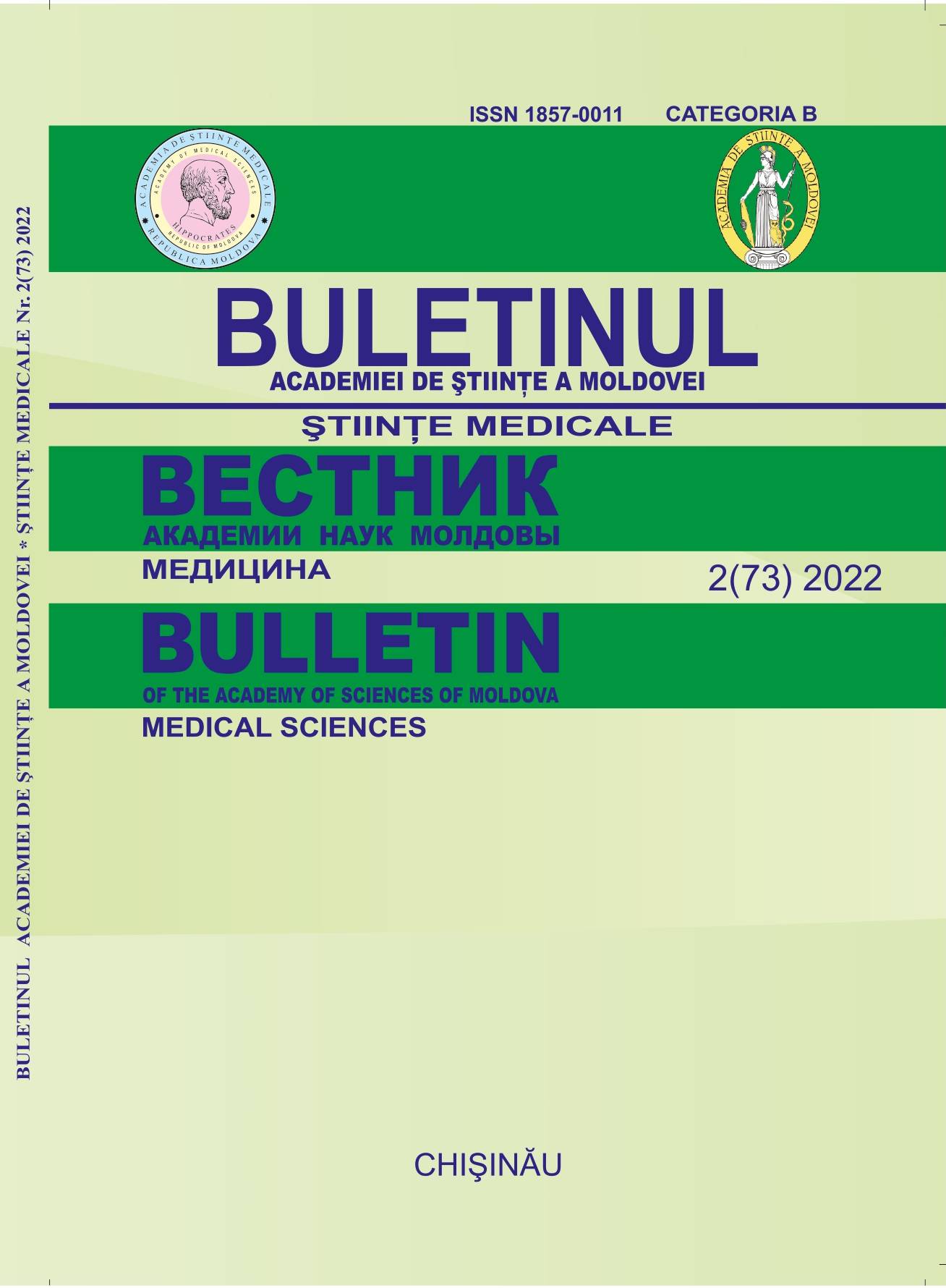ÎN CĂUTAREA BLOCANTULUI NEUROMUSCULAR IDEAL: REVISTĂ A LITERATURII
DOI:
https://doi.org/10.52692/1857-0011.2022.2-73.31Cuvinte cheie:
blocantele neuromusculare, inducția cu secvență și intubare rapidă, curareRezumat
The modern general anesthesia is the one balanced, with orotracheal intubation, by combining drugs targeting different receptors. The selection of neuromuscular blocking agent for special circumstances in low-income countries is still a clinical dilemma. The present article reviews full format publications (n = 14) of last 5 years, following both known and new paralytic medication, both in terms of the 10 pharmacophysiological characteristics of ideal myorelaxant, as well as through the chain of patient’s specific clinical conditions. Advances in this field of pharmacology are important, but it seems that they are still to be expected.
Referințe
Donati F. Neuromuscular Blocking Agents. In: Barash P. G., Cahalan M. K., Cullen B. F. et al. Clinical Anesthesia. Philadelphia: LIPPINCOTT WILLIAMS & WILKINS, 2017, 8e.p. 523.
Renew J.R. Clinical use of neuromuscular blocking agents in anesthesia. Up-to-date. 2021. (https://www.uptodate.com/contents/clinical-use-of-neuromuscular-blocking-agents-in anesthesia) (accesat la 08.04.2022).
Lundstrom L., Duez C., Norskov. C. et al. Effects of avoidance or use of neuromuscular blocking agents on outcomes in tracheal intubation: a Cochrane systematic review. British Journal of Anaesthesia. 2018;120(6):1381.
Myatra S. N. Airway management in the critically ill. Current Opinion in Critical Care. 2021; 27(1): 37-45.
Savarese J.J., Kitz R.J. Does clinical anesthesia need new neuromuscular blocking agents? Anesthesiology. 1975;42(3):236-9.
Stäuble C.G..; Blobner M. The future of neuromuscular blocking agents. Current Opinion in Anaesthesiology: 2020; 33(4):490-498.
Thapa S., Brull S.J. Succinylcholine-induced hyperkalemia in patients with renal failure: an old question revisited. Anesth Analg. 2000;91(1):237.
Thürmann P. A. Pharmacodynamics and pharmacokinetics in older adults, Current Opinion in Anaesthesiology. 2020; 33(1):p.109-113.
Wulf H., Ledowski T., Linstedt U. et al. Neuromuscular blocking effects of rocuronium during desflurane, isoflurane, and sevoflurane anaesthesia. Can J Anaesth. 1998;45(6):526.
Yong Beom Kim, Tae-Yun Sung, Hong Seuk Yang. Factors that affect the onset of action of non-depolarizing neuromuscular blocking agents. Korean J Anesthesiol. 2017 Oct;70(5):500-510.
Naguib M., Flood P., McArdle J.J. et al. Advances in neurobiology of the neuromuscular junction: implications for the anesthesiologist. 2002;96(1):202.
Yamauchi M., Takahashi H., Iwasaki H. et al. Respiratory acidosis prolongs, while alkalosis shortens, the duration and recovery time of vecuronium in humans. J Clin Anesth. 2002;14(2):98.
Nigrovic V., Banoub M. Onset of the nondepolarizing neuromuscular block in humans: quantitative aspects. Anesth Analg 1993;76:85-91.
Gouel-Cheron A., Neukirch C., Kantor E. et al. Clinical reasoning in anaphylactic shock: addressing the challenges faced by anaesthesiologists in real time. A clinical review and management algorithms. European Journal of Anaesthesiology. 2021. 38(11):1158-1167.
Garutti I., Errando C., Mazzinari G. et al. Spontaneous recovery of neuromuscular blockade is an independent risk factor for postoperative pulmonary complications after abdominal surgery. European Journal of Anaesthesiology 2020. 37(3): p.203-211.
Tran D.T., Newton E.K., Mount V.A. et al. Rocuronium vs. succinylcholine for rapid sequence intubation: a Cochrane systematic review. Anaesthesia. 2017;72(6):765-777.
Guihard B., Chollet-Xémard Ch., LakhnatiPh. et al. Effect of Rocuronium vs Succinylcholine on Endotracheal Intubation Success Rate Among Patients Undergoing Out-of-Hospital Rapid Sequence Intubation. A Randomized Clinical Trial. JAMA. 2019; 322 (23):2303-2312.
El-Kobbia N., DoghaimM., Abdelaziz M. et al. Comparative study between succinylcholine, rocuronium and magnesium sulphate with rocuronium in rapid sequence induction. Research and opinion in Anesthesia and Intensive Care. 2015. (2):2 57-61.
Heggeri V.M., Harbishettar A.S., Deka A. et al. Intubating Conditions of two Different Doses of Rocuronium At 60 Seconds; by Clinical Assessment; and with T.O.F Response of Adductor Pollicis Muscle. J Clin Diagn Res. 2015;9(9):UC24.
Haiyan S., Tao J., Xiping W. et al. Efficacy of magnesium sulfate as an adjuvant to rocuronium in general anaesthesia: a meta-analysis. Journal of International Medical Research. 2021; 49(7): 1–15.
Choi E.S., Jeong W.J., Ahn S.H. et al. Magnesium sulfate accelerates the onset of low-dose rocuronium in patients undergoing laryngeal microsurgery. J Clin Anesth 2017; 36:102-106.
Soltész S., Fraisl P., Noé K.G. et al. Dexamethasone decreases the duration of rocuronium-induced neuromuscular block: a randomised controlled study. Eur J Anaesthesiol. 2014;31:417–22.
So K. Y., Kim S. H., Jung K. T.eta al. Effect of dexamethasone on the onset time and recovery profiles of cisatracurium. Korean journal of anesthesiology. 2017; 70(2):163–170.
Soltész S., Mencke T., Mey C. et al. Influence of a continuous prednisolone medication on the time course of neuromuscular block of atracurium in patients with chronic inflammatory bowel disease. Br J Anaesth. 2008;100(6):798-802.
Descărcări
Publicat
Număr
Secțiune
##category.category##
Licență
Copyright (c) 2022 Buletinul Academiei de Științe a Moldovei. Științe medicale

Această lucrare este licențiată în temeiul Creative Commons Attribution 4.0 International License.



